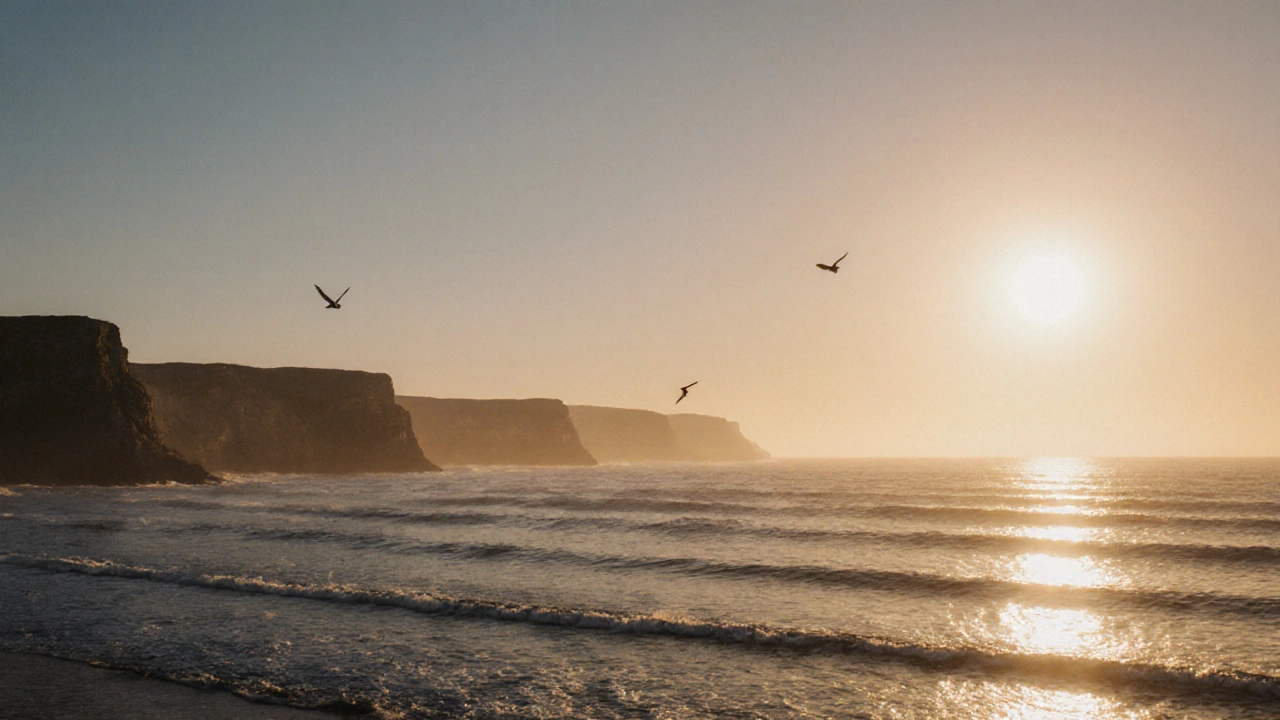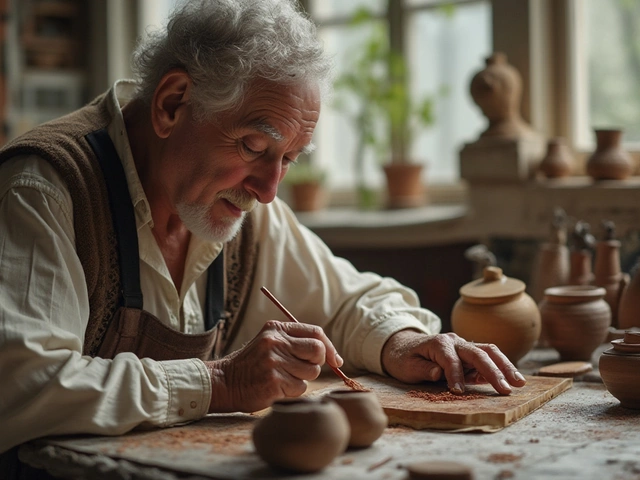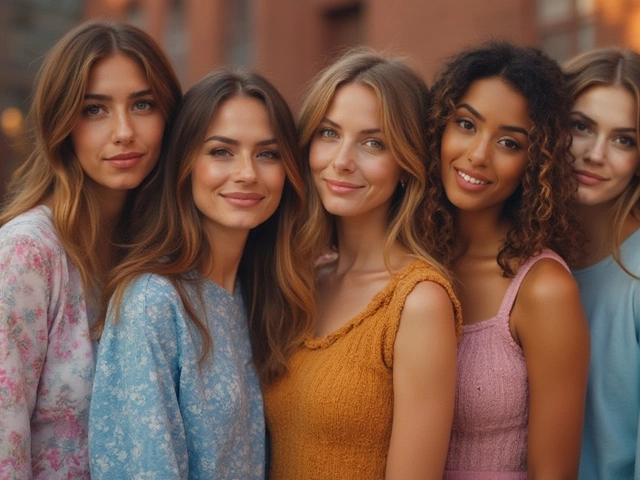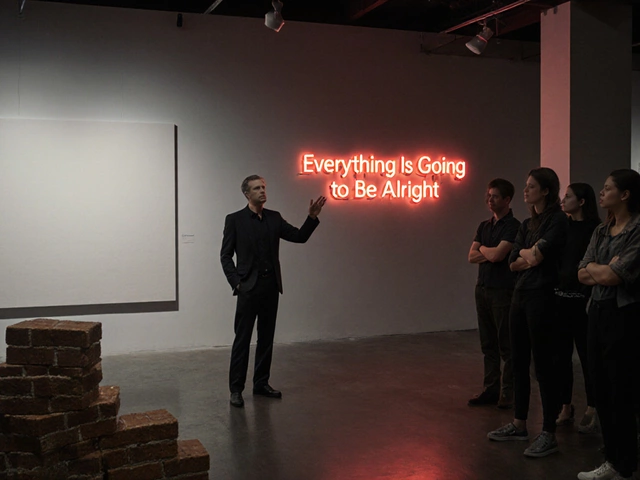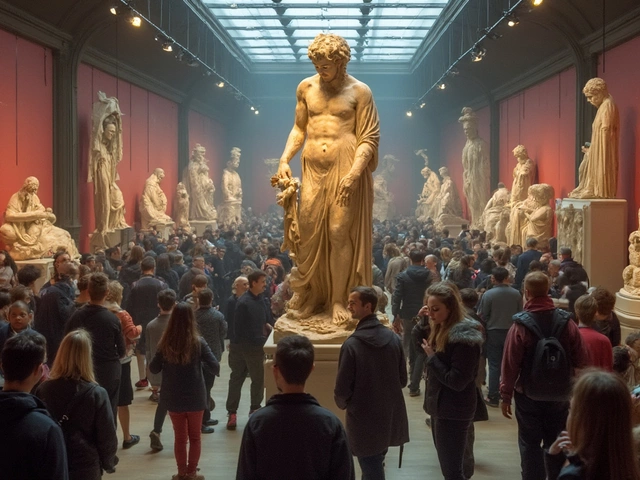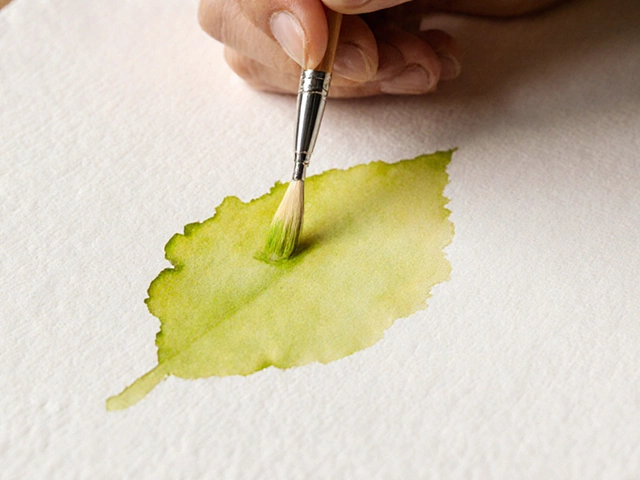Aspect Ratio in Art: Why Size Shapes Every Creation
When working with aspect ratio, the proportional relationship between width and height of a visual piece. Also known as image proportion, it determines how a work fills its frame and how viewers perceive balance, you instantly set the stage for composition, the arrangement of elements within that frame. In painting, a 4:3 ratio often feels grounded, while a widescreen 16:9 invites drama. In photography, the same ratio can turn a casual snap into a story‑telling shot. The core idea is simple: aspect ratio influences composition, and composition influences what the audience feels.
Choosing the right canvas size, the actual dimensions of the surface you paint on is the next step after fixing the ratio. A tall, narrow canvas (2:3) naturally guides the eye upward—perfect for skyscraper skylines or standing figures. A square canvas (1:1) forces you to think about balance from all sides, often leading to more abstract or symmetrical works. When you match canvas size to the intended aspect ratio, you avoid awkward cropping later and keep the visual flow intact. This pairing also helps in digital workflows, where knowing the final print dimensions simplifies file export.
How Aspect Ratio Shapes Different Media
In digital art, art created and displayed on screens or tablets, the ratio decides how the piece reacts on various devices. A 1:1 piece looks great on Instagram, but on a widescreen monitor it may seem cramped. Designers often start with a flexible ratio, then create variations for each platform—this saves time and keeps the visual language consistent. Video creators also rely on aspect ratio to convey mood: a 2.35:1 cinematic width feels epic, while a 4:5 portrait format can feel intimate. Across all media, the rule stays the same: the chosen ratio sets limits, and those limits spark creative solutions.
Photographers love playing with aspect ratio because it directly affects framing. Switching from a 3:2 DSLR default to a 1:1 square forces you to re‑compose, often eliminating distracting background elements and sharpening the subject's presence. Landscape shooters might opt for a panoramic 21:9 to capture sweeping vistas, while portrait photographers may choose a tall 5:7 ratio to emphasize height and elegance. Understanding how each ratio crops the scene lets you anticipate what will make the final picture stand out, whether you’re shooting on film or a smartphone.
All these connections—ratio to composition, canvas size, digital formats, and photographic framing—show why aspect ratio is more than a technical detail. It’s a decision that shapes the story you tell, the mood you set, and the medium you work in. Below you’ll find articles that dive deeper into specific art forms, from landscape painting techniques to pricing your portrait commissions, each illustrating how the right proportion can make a piece click. Let’s explore how mastering aspect ratio can upgrade every project you tackle.
Do landscape photos have to be horizontal? - Answer & Tips
Explore why landscape photos aren't limited to horizontal format, learn when to choose portrait or landscape orientation, and get practical tips for composition and printing.
Continue Reading